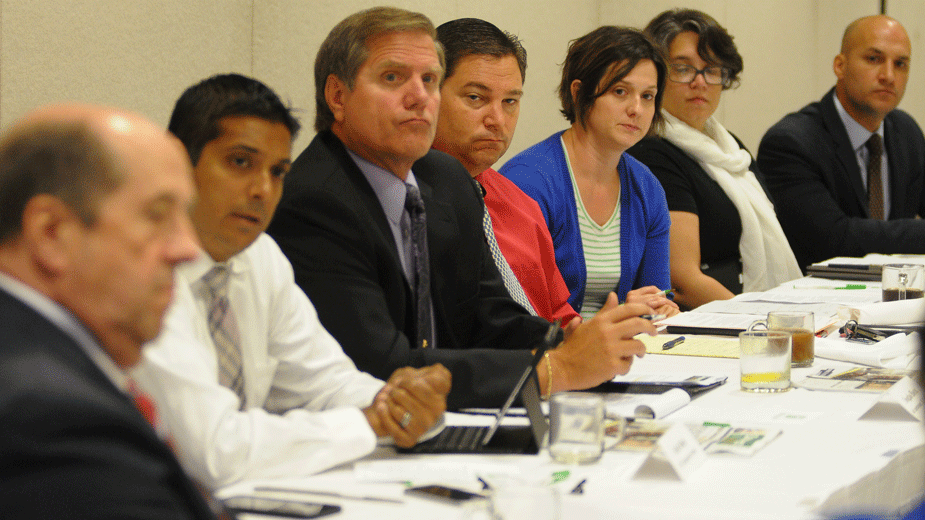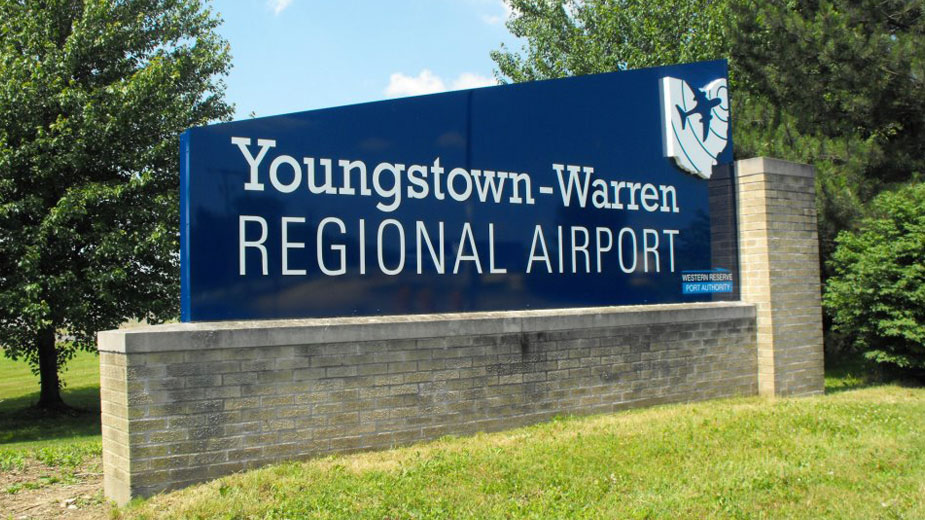Panel Looks into Challenges Public Education Faces
BOARDMAN, Ohio – Funding, establishing fair testing and teaching standards, and improving the efficiency and quality of school systems remain among the most pressing challenges public education in the Mahoning Valley faces today.
So said those who participated in a Business Journal round table Aug. 9. A transcript from the discussion will be published in the newspaper’s September edition.
“Funding is a priority,” said state Sen. Joe Schiavoni, D-33, Boardman. “I don’t think the current administration is funding properly. The short answer is that money follows the student.”
Nearly 20 years after the Ohio Supreme Court ruled that how the state funds public education was unconstitutional, Schiavoni said, the Legislature has not fully complied with its findings. “It’s underfunded,” he added.
Participating in the discussion were Schiavoni; Douglas Hiscox, assistant superintendent of the Mahoning County Educational Service Center; Krish Mohip, CEO of Youngstown City Schools; Steve Chiaro, superintendent of Warren City Schools; Tom Humphries, president and CEO of the Youngstown Warren Regional Chamber; Sarah Hunt of the Mahoning Valley Manufacturers Coalition; Claudia Kovach of City Machine Technologies; and Elinor Zedaker of the Poland Board of Education.
Humphries said that funding should reflect the needs of the student, noting that some children require additional attention and that this method ensures adequate resources are adequate to address this. “I believe dollars should follow the child. If a child is challenged, then there are more dollars for that child,” he said.
Humphries, who about 10 years ago initiated an effort to consolidate school districts to reduce administrative expense and improve efficiencies, said that combining resources could mean savings for the entire region, leaving more money to devote to students.
Ohio spends about 13.4% of its education budget on administration, Humphries said. Virginia, where there is one school district per county, devotes about 9% to administrative expense.
“It’s the only way to save money instead of raising taxes,” he said.
Others said that poorer districts need to rely more on state funding than some of the wealthier districts because levies and property taxes there help offset costs.
“Equal funding is not equity,” added Mohip. “Some require more. The impoverished districts don’t have the same opportunities.”
Warren’s Chiaro said districts such as his can’t rely on the local tax base to provide adequate resources. “We need state aid, and we’re grateful for that. But we’re seeing a lack of transparency on how schools are funded.”
Poland’s Zedaker agreed, especially when it comes to charter schools that receive state funding but are not up front when it comes to their performance. “There’s no willingness to share how they operate,” she said.
At the same time, less funding for suburban districts means that school boards are forced to place more levies before voters and they’re meeting increased resistance.
“It’s important to know that investing in a levy is investing in your workforce,” said the Mahoning Valley Manufacturing Coalition’s Hunt.
Another trend developing in education is a consensus that teachers moving into the profession are more prepared and qualified, but it’s becoming harder to hold on to these professionals.
“The quality of candidates are going up, but the numbers are going down,” noted Mahoning County Educational Service Center’s Hiscox. “If change is going to occur, it’s going to start in the classroom.”
Concepts such as merit pay, for example, have been advanced in the past but there’s little indication that such a system could be implemented relative to collective bargaining agreements with the teachers unions.
“That’s the barrier,” Hiscox said. “It becomes an adult issue rather than a student issue.”
Still, the key to improving a professional’s standing is more education, added CMT’s Kovach. “I tell our employees that the more you learn, the more you earn.”
The system of standardized testing doesn’t help, Schiavoni added. “I’ve heard from many that it squashes creativity in the classroom – that teachers simply teach to the test.”
While many agree that some form of assessment is essential – for school districts, teachers and students — the real objective is to discover a way to gauge individual improvement.
“We have to find a measure of student growth, and create a system where you celebrate that growth,” Mohip said.
Pictured: Participating in the discussion were Tom Humprhies, Krish Mohip, Douglas Hiscox, Steve Chiaro, Claudia Kovach, Sarah Hunt and state Sen. Joe Schiavoni. Not pictured is Elinor Zedaker.
Copyright 2024 The Business Journal, Youngstown, Ohio.



